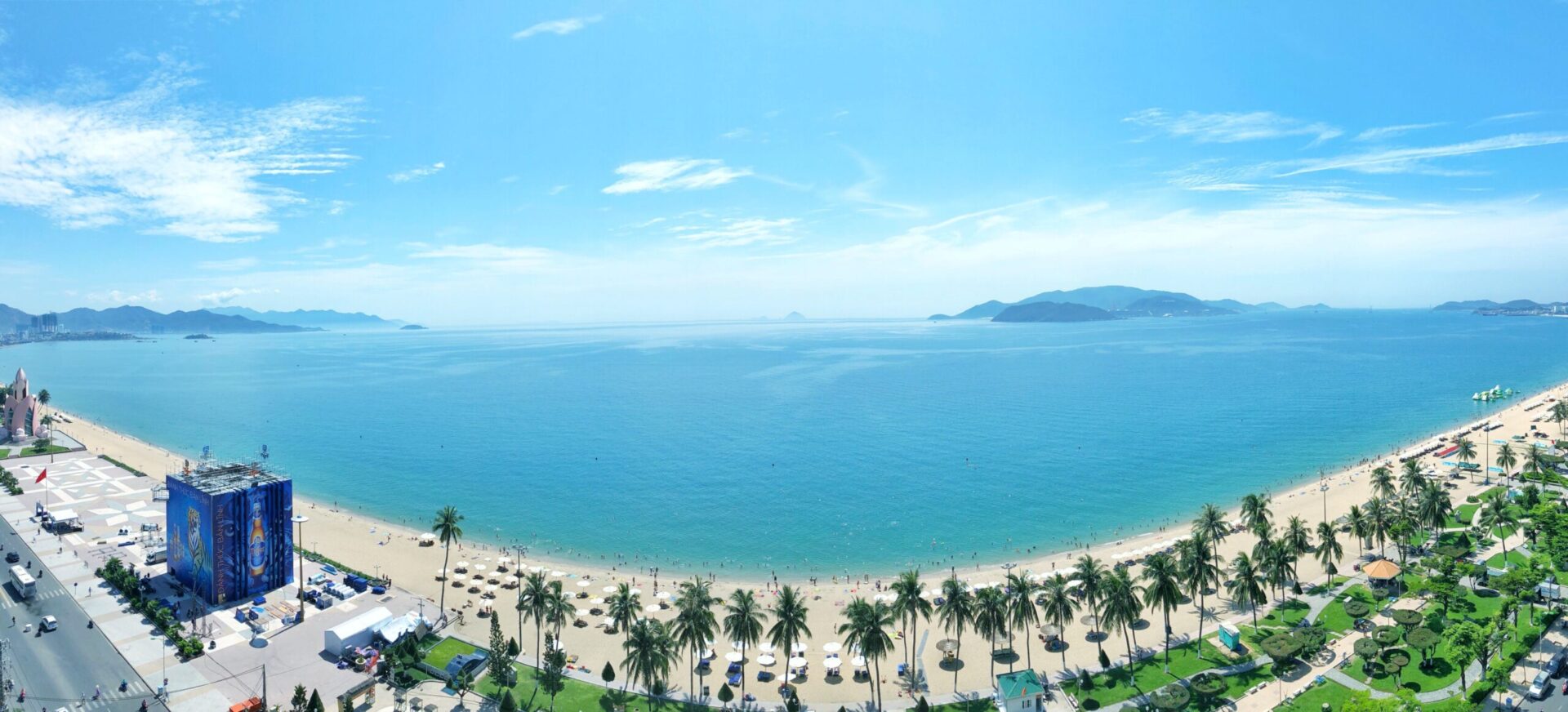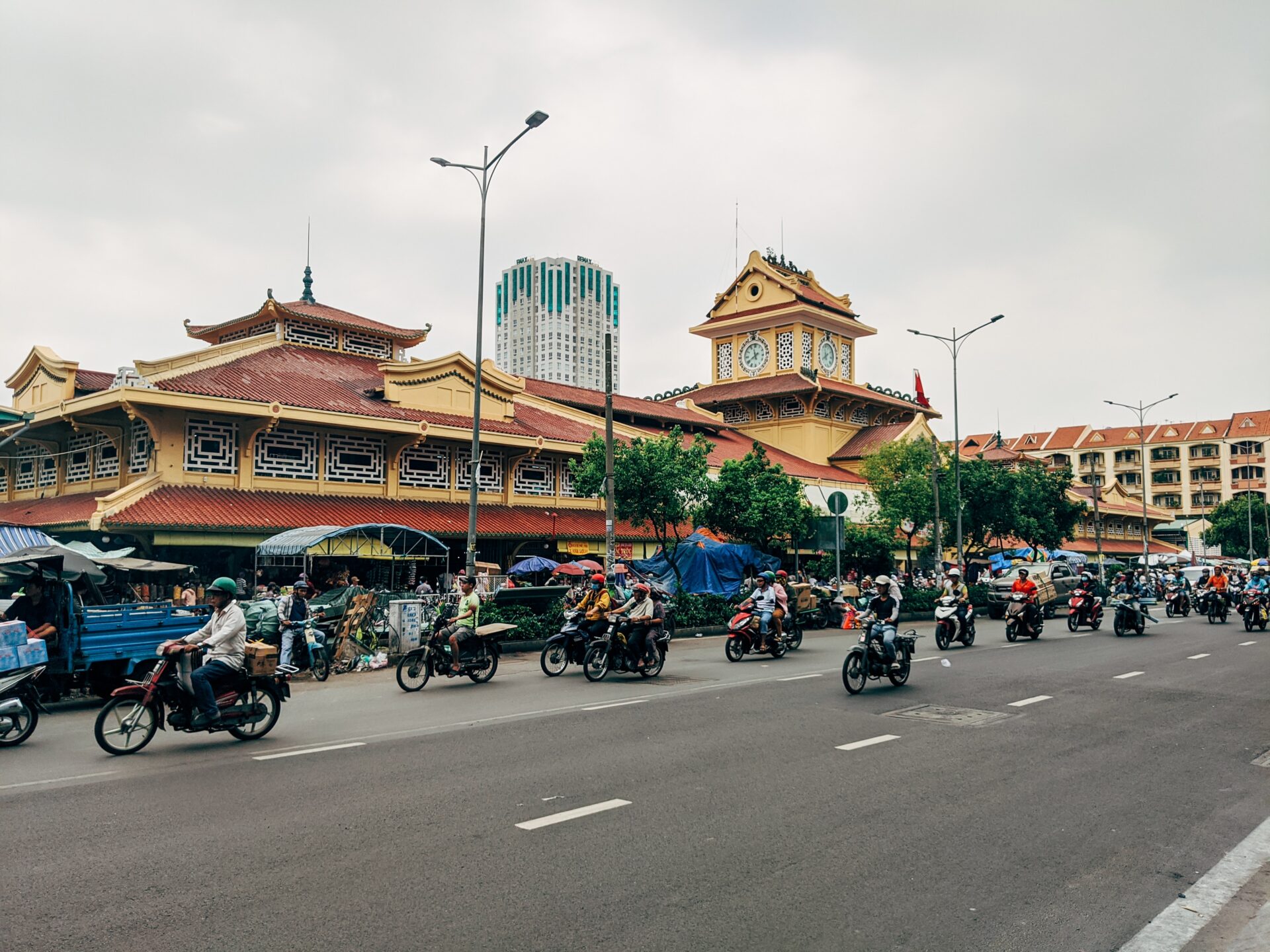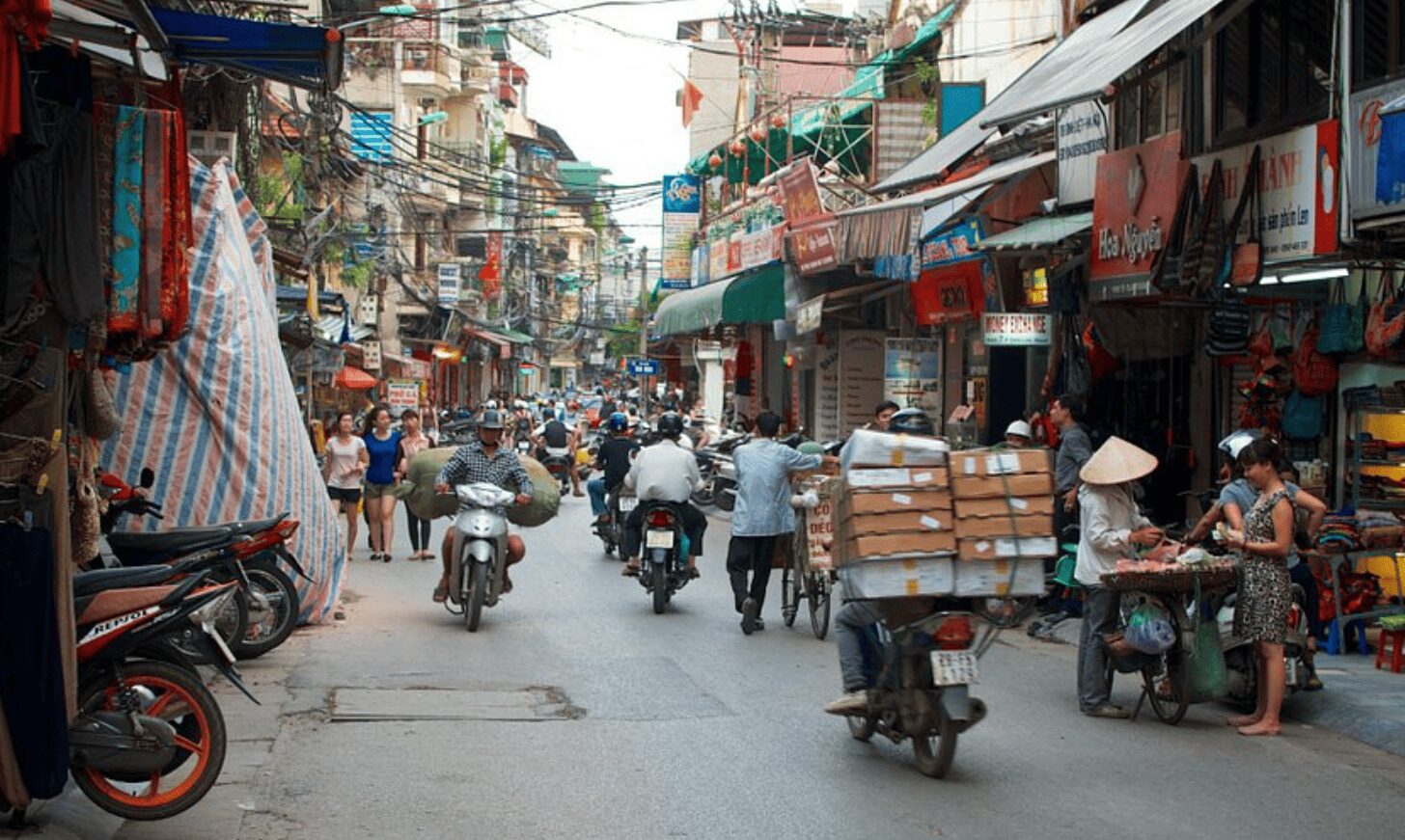New Frontiers in Global Education: The Landscape of International Schools in Vietnam

The rise of international schools in Vietnam is a clear testament to the globalization of the country’s education sector. This article delves into the situation of international schools in Vietnam, their background, the educational programs they offer, and the challenges and future prospects they face.
目次
1. The Emergence and Background of International Schools
The demand for international schools in Vietnam has surged alongside economic growth. Cities like Ho Chi Minh City and Hanoi are home to many international schools, including the British International School (BIS), American International School (AIS), and United Nations International School (UNIS). These schools are attractive not only to children of expatriates but also to Vietnamese families seeking global education opportunities. The drive towards internationalization of the economy, emphasizing English proficiency and international curricula, has fueled this trend.
2. Curriculum and Educational Programs
International schools in Vietnam offer a variety of international curricula, including the International Baccalaureate (IB), British, and American programs. For instance, the British International School (BIS) in Ho Chi Minh City provides education from primary to secondary levels based on the British national curriculum, offering A-Levels and the IB Diploma Programme. These programs equip students with a broad range of knowledge and a global perspective, making them attractive options for students aspiring to attend top universities worldwide. Language education is also emphasized, with opportunities to learn second languages such as French and Chinese.
3. The Role and Value of International Schools
International schools play a crucial role in providing students with a global perspective and fostering intercultural communication skills. At the United Nations International School (UNIS) Hanoi, students from over 50 nationalities learn together, creating an environment where diverse cultural backgrounds contribute to mutual learning and deeper international understanding. Such environments are invaluable in preparing students for future global endeavors.
4. Admission and Tuition Fees
The tuition fees for international schools are quite high, posing a significant financial burden for many families. In international schools in Hanoi, for example, annual tuition can range from a few thousand to tens of thousands of dollars. Admission criteria vary by school, with assessments on English proficiency, interviews, and past academic performance. Some schools offer scholarships for academically gifted students in need of financial aid, though these are limited.
5. Challenges and Future Prospects
International schools in Vietnam face the challenge of maintaining and improving the quality of education. Key issues include securing high-quality teachers and continuously enhancing educational programs. Integration with Vietnam’s broader education system and expanding access to international school education for more students are also areas for consideration. As globalization progresses, international schools in Vietnam must meet international educational standards while addressing local community needs, posing a significant challenge for the future.
The situation of international schools in Vietnam symbolizes the internationalization of the country’s education, expected to develop further with economic growth. Addressing the challenges faced by these schools and enhancing the quality of education will contribute to building a solid foundation for Vietnam’s next generation to thrive on the global stage.
(Photo by Unsplash.com)



